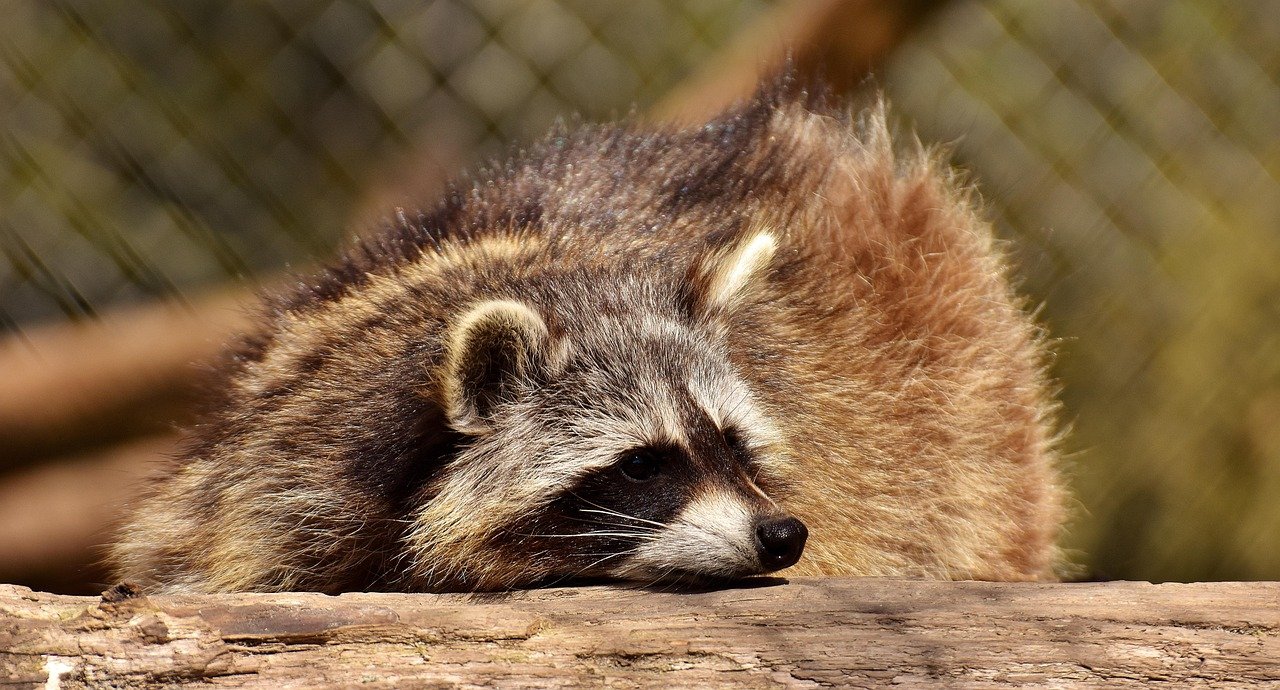
Unveiling the Untamed: Why Wildlife Watching is the Ultimate Adventure for Nature Enthusiasts
Wildlife watching has emerged as one of the most exhilarating and rewarding activities for nature enthusiasts. The thrill of observing animals in their natural habitats, away from the confines of zoos or sanctuaries, offers an unparalleled connection to the wild. However, as this activity gains popularity, it also raises several questions and challenges that need to be addressed to ensure its sustainability and ethical practice. This article delves into the essence of wildlife watching, explores potential issues, and provides insights into how enthusiasts can make the most of this ultimate adventure.
The Allure of Wildlife Watching
Wildlife watching is more than just a pastime; it’s a journey into the heart of nature. Whether it’s tracking a herd of elephants in the African savannah, spotting a rare bird species in the Amazon rainforest, or witnessing the majestic migration of whales in the open ocean, the experience is transformative. It fosters a deep appreciation for biodiversity and highlights the intricate balance of ecosystems.
Potential Problems in Wildlife Watching
-
Environmental Impact: The increasing footfall in wildlife habitats can lead to habitat degradation. Trampling of vegetation, soil erosion, and pollution from littering are some of the immediate concerns. Additionally, the presence of humans can disrupt animal behaviors, affecting their feeding, breeding, and migration patterns.
-
Ethical Concerns: The line between observation and intrusion can often blur. Unethical practices such as baiting, chasing, or getting too close to animals can cause stress and harm. There’s also the issue of wildlife tourism operators prioritizing profit over animal welfare.
-
Safety Risks: Wildlife watching involves venturing into remote and often unpredictable environments. Encounters with dangerous animals, harsh weather conditions, and the lack of immediate medical assistance pose significant risks to enthusiasts.
-
Conservation Missteps: While wildlife watching can raise awareness about conservation, it can also lead to unintended negative consequences. For instance, the popularity of certain species can result in over-tourism, putting additional pressure on already vulnerable populations.
Building a Responsible Wildlife Watching Experience
-
Choose Ethical Operators: Opt for tour operators and guides who prioritize animal welfare and follow sustainable practices. Look for certifications or affiliations with recognized conservation organizations.
-
Educate Yourself: Understanding the behavior and needs of the wildlife you’re observing can enhance your experience and minimize disturbances. Knowledge about the local ecosystem and conservation efforts is also crucial.
-
Practice Minimal Impact: Adhere to the principles of Leave No Trace. Stay on designated paths, avoid littering, and refrain from feeding or touching animals. Use binoculars or zoom lenses to observe from a distance.
-
Support Conservation: Contribute to the preservation of wildlife habitats by supporting local conservation projects or donating to reputable organizations. Your visit should have a positive impact on the community and the environment.
Sharing the Experience
Wildlife watching is an adventure that’s meant to be shared. Documenting your experiences through photography, journaling, or blogging can inspire others to appreciate and protect nature. However, it’s essential to share responsibly. Avoid geotagging exact locations to prevent overcrowding and potential harm to the wildlife. Instead, focus on the broader region and the importance of conservation.
The Role of Technology in Wildlife Watching
Advancements in technology have revolutionized wildlife watching. High-quality cameras, drones, and mobile apps have made it easier to capture and identify species. However, the use of technology should be balanced with ethical considerations. Drones, for instance, can cause significant disturbance to animals if not used judiciously.
Community Involvement and Local Benefits
Engaging with local communities can enrich your wildlife watching experience. Many indigenous communities have deep-rooted knowledge about the local flora and fauna. Supporting community-led tours and purchasing local crafts can contribute to the local economy and promote sustainable tourism.
The Future of Wildlife Watching
As the world becomes more urbanized, the desire to reconnect with nature grows stronger. Wildlife watching offers a unique opportunity to bridge this gap. However, its future depends on our collective ability to address the challenges it presents. By adopting responsible practices, supporting conservation efforts, and fostering a culture of respect for nature, we can ensure that wildlife watching remains a sustainable and enriching adventure for generations to come.
Final Thoughts
Wildlife watching is a powerful way to experience the untamed beauty of our planet. It challenges us to step out of our comfort zones, learn about the natural world, and reflect on our role in its preservation. As we embark on this ultimate adventure, let us do so with mindfulness and a commitment to safeguarding the wild spaces and creatures that inspire us.
